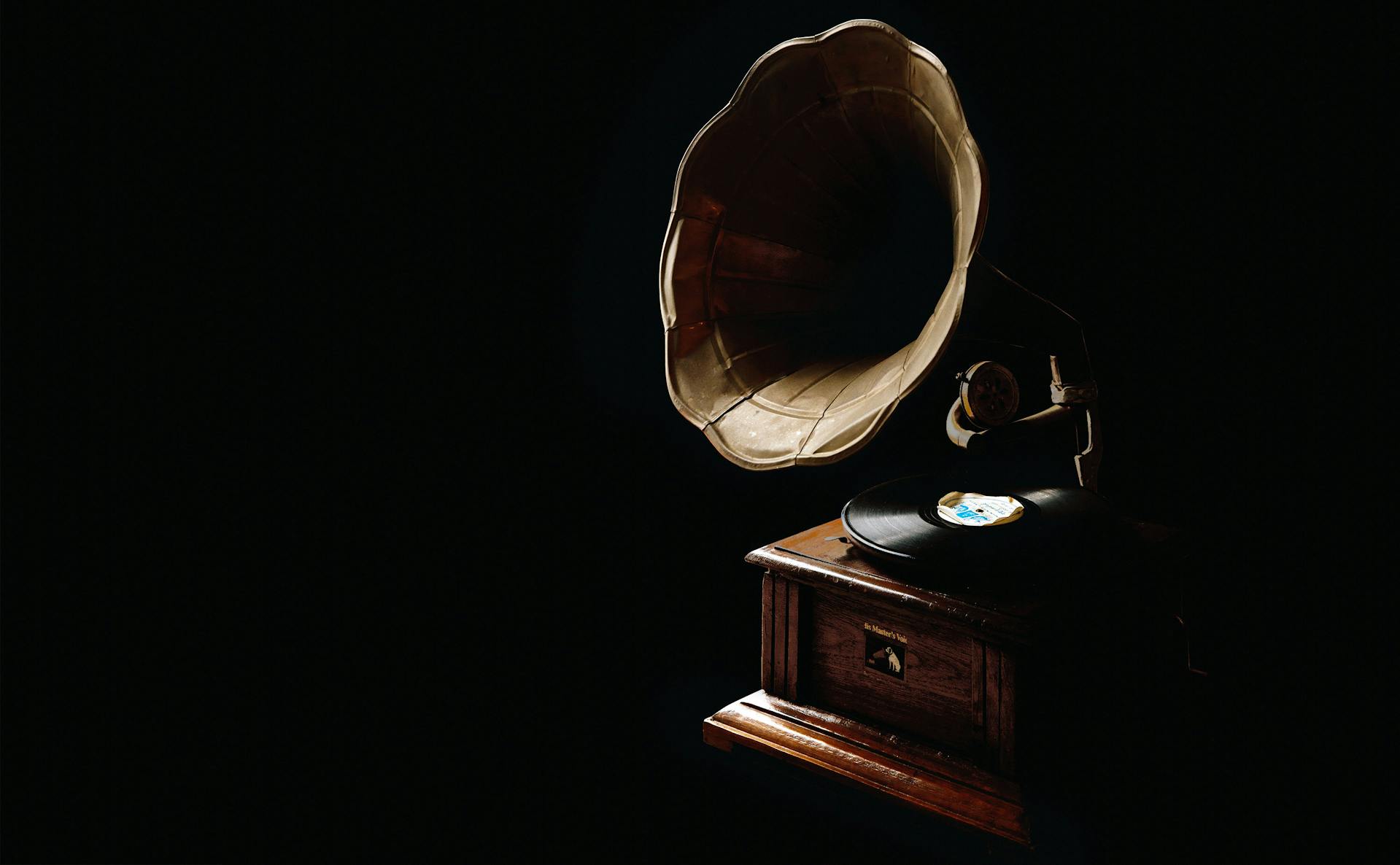How to Write Locrian BASS Lines • Music Theory from Rezz "Suffer in Silence"
Description
How to Write Locrian BASS Lines
Step 1. Basic
Set up four bars with an 1/8 note grid, and your tempo at 97 BPM. You’re gonna start by writing a basic bass line that plays every 1/8 note. This creates momentum. We’re in B Locrian here, which is just all the white notes from B to B. The Locrian mode is exceptionally dark, and what makes it so dark is the ♭2 (which is C in this example) and the ♭5 (which is F in this example). Now, because those two notes are what make Locrian sound so dark, you wanna be sure to use both of them in your basic bass line. But, start by playing the root note (which is B in this example) for the whole of your first bar, as that anchors it into the key. And by the way, if you find modes confusing, just read the mode hack in our Songwriting & Producing PDF (link opens in new tab).
Step 2. Energy
Next, change your grid to 1/16 notes. You’re gonna create some syncopation now, which is when you accent an off-beat. This will pump energy into your rigid sounding basic bass line and bring it to life. You can add syncopation however you want, but here’s an easy method: shorten an 1/8 note to a 1/16 note, then lengthen the note next to it to fill the gap. Add a couple of these to each of your four bars. And a shoutout to fellow Canadian producer Rezz, as this lesson is based on her recent single “Suffer in Silence”.
Free Book
Just before we jump into the next step. If there’s an artist you want us to hack, drop us a comment on YouTube.
Also, are you new to music theory? Or are you experienced, but you want a refresher? Then download our FREE BOOK (link opens in new tab). It only takes 30 minutes to read, then you’ll have a solid theory foundation that you can instantly apply to your songwriting and producing.
Step 3. Next Level
By now your bass line will already be sounding good, but to take it to the next level, you’re gonna add some octaves. Rezz does something really cool here. She moves some of the notes that fall on the backbeat snare, up an octave. This accentuates those backbeats, and adds even more energy to the bass line. However, don’t do this on every backbeat snare, as that will actually lessen its impact. Also, somewhere in your bass line, move one syncopated note up an octave. This keeps your bass line fresh and unpredictable. Lastly, here’s a bonus step. Use a rest somewhere. This gives your bass line space to breathe. Rezz used a rest at the very end of her bass line, so we’ll do the same thing by deleting our last two notes.
PODCAST
Listen below, or on any podcast app.

























